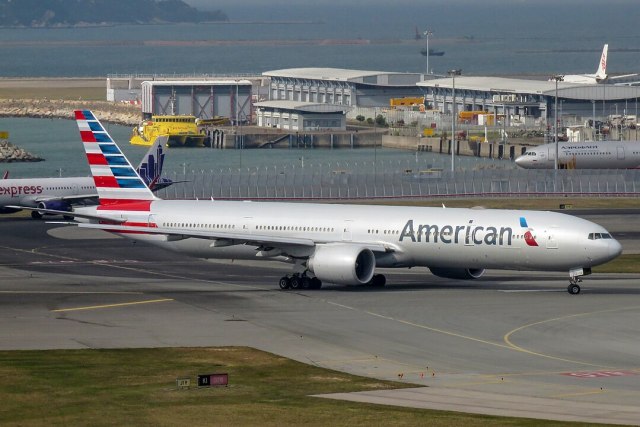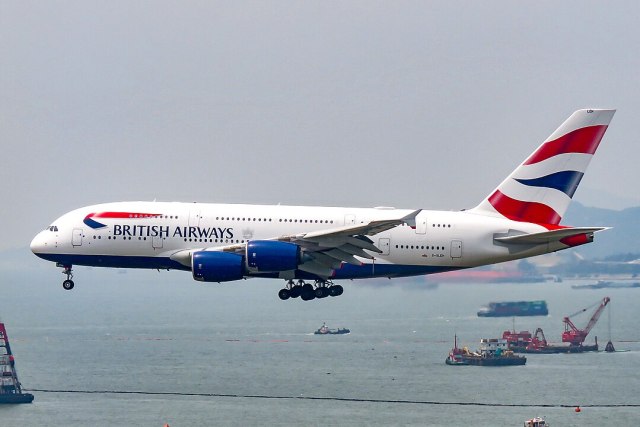
The Airbus A380, known as the largest commercial aircraft ever to grace the skies, holds a unique title in the aviation industry. With a production run from 2003 to 2021, over 250 units were manufactured. Yet, not a single one was sold to a United States airline, despite the U.S. being one of the world’s largest aviation markets, boasting high-capacity, high-demand routes that the A380 could have ideally served. Let’s figure out why did U.S. airlines never want to buy the Airbus A380.
A Shift in Market Preferences & A380 Operational Challenges
The U.S. airlines’ reluctance to adopt the A380 highlights a significant industry trend: a move away from massive aircraft in favor of smaller, twin-engine widebodies. The Boeing 747-400, once a dominant force in long-haul travel, has been retired, and no U.S. airline has purchased its successor, the Boeing 747-8I. Even Boeing’s latest large widebody, the 777X, has garnered little interest from American legacy carriers.

The story of the A380’s production concluded in 2021 when the final fuselage made its way to Toulouse for assembly. Despite being relatively young, many airlines have already begun phasing it out of their fleets, deeming it unfit for future operations. No U.S. airline ever included the A380 in their fleet. American Airlines, the largest airline globally, found the A380 too large. In a 2019 interview with Business Insider, Vasu Raja, then VP of Network Planning, stated, “The Boeing 777-300 is the biggest-size airplane that fits into our network.”

American Airlines’ 777-300s seat 304 passengers, whereas some Emirates A380 configurations accommodate nearly 600 passengers. Even with the A380 three-class, low-density layouts, A380s carry 165 more passengers than the largest American Airlines aircraft. This size disparity made the A380 impractical for U.S. carriers, who found it challenging to fill such a large aircraft.
The U.S. Aviation Landscape
The U.S. aviation infrastructure does not support the A380’s size. Unlike regions where a hub-and-spoke model is prevalent, such as Dubai with Emirates, the U.S. has multiple major airports. This dispersed traffic pattern means no single airport handles enough passengers to justify the A380’s capacity. In 2023, over a dozen U.S. airports saw more than 20 million passengers, but this traffic was too spread out for the A380 to be efficient.
British Airways, which has retained its A380s, operates them successfully due to strong transatlantic connections and a concentrated hub at Heathrow. However, even British Airways has a modest A380 fleet of just 12 aircraft. In contrast, U.S. airlines operate numerous hubs, diluting passenger concentration and reducing the feasibility of operating such a large aircraft on many international routes.

The A380’s operational support network is costly, and its maintenance expenses are high. To operate the A380 profitably, airlines need a large fleet to reduce per-unit costs, a feat achieved by few carriers like Emirates. American Airlines, United Airlines, and Delta Air Lines, with their diverse route networks, could not justify the large fleets needed to make the A380 profitable. Although there are routes within their networks with sufficient demand for A380 flights, there are not enough to support a fleet of 30 or 40 jets.
Timing and Fuel Efficiency
The A380’s entry into the market in 2007 was poorly timed. Jet fuel prices were rising, reaching around $4 a gallon, making airlines wary of fuel-intensive four-engine jets. By this time, airlines were favoring more fuel-efficient twin-engine aircraft. Sales of Boeing’s 747 had already declined, with airlines turning to the Boeing 777 for their long-haul needs. Between 2000 and 2007, nearly 600 Boeing 777s were sold, many to American and United Airlines.

U.S. airlines had already committed to the Boeing 777 as their long-haul aircraft, leaving no room for the A380. The decision was driven by the need for fuel efficiency and operational practicality, which the A380 could not match.
An Overdue Farewell
The A380’s production story ended in 2021, and the aviation world began bidding farewell to this giant of the skies. Its relative youth did not save it from early retirement by many airlines, who found it incompatible with future fleet plans. The aircraft’s sheer size and operational costs outweighed its benefits, leading to its gradual phase-out.
The Airbus A380’s inability to secure a place with U.S. airlines underscores the complex interplay of market trends, operational requirements, and timing. While it remains an iconic aircraft, the A380 was ultimately too large and impractical for the U.S. aviation market, which had already transitioned to more versatile and fuel-efficient alternatives.
Do you think there could have been a way for the Airbus A380 to succeed in the U.S. market? Share your opinions in the comments section below!
